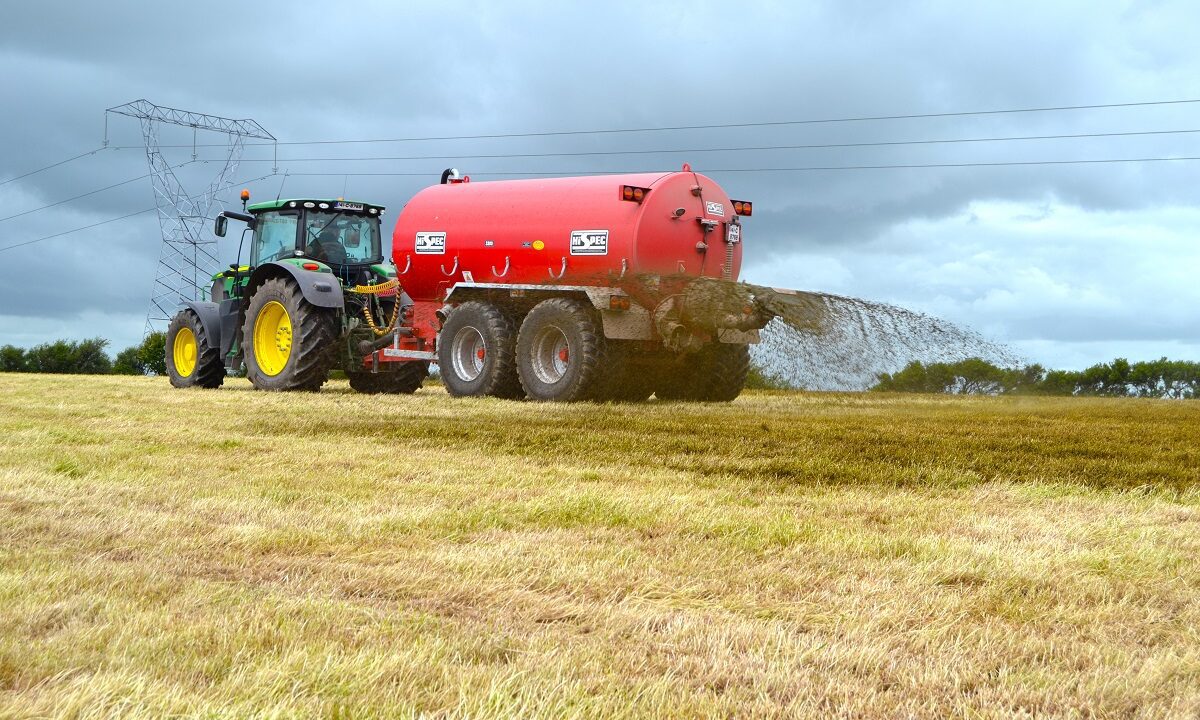The good weather over the weekend gave some farmers the opportunity to cut any surplus paddocks for bales.
These paddocks – on the grazing platform – which are occasionally taken out for bales tend to be those which are most deficient in nutrients such as potassium (K).
This is usually due to not grazing these paddocks as often as others, so the animals are not returning the nutrients to the soil through their dung and urine.
Dr. Stan Lawlor – head of specialty business in Grassland Agro – reiterated this at a recent reseeding demonstration held by Glanbia.
He said: “If a cow is grazing a tonne of grass she recycles a lot of the phosphorus (P), but almost all of the K back to the field as she grazes.
“However, in the case of silage, all of that grass is going out of the field in a bale or in a trailer; so the K removal is much higher.”
Dr. Lawlor then went onto explain how valuable slurry is for replacing the soil with these lost nutrients – after cutting the paddock(s) for silage.
According to Dr. Lawlor, if you were to purchase a 50kg bag of 5-5-30, this would be the equivalent to “1,000 gallons of slurry”.
However, he highlighted: “If you have very diluted slurry you will have a greater volume, but you will have less P and K per 1,000 gallons of slurry.
A typical 1,000 gallons of undiluted slurry will have a P:K ratio of about 1:6.
He also expressed that: “Slurry is a very well-balanced fertiliser for silage, but it is not so well balanced for grazing.”
The problem is farmers commonly spread slurry on the grazing platform because it can be more convenient for them in relation to the distance from the tank.
But, what happens then is more K than is needed is put on the grazing block and the K fertility status of the silage ground – which can sometimes be located further from the yard – is sacrificed as a result.
The best thing to do, as Dr. Lawlor explained: “If you are spreading slurry on the grazing platform, target those fields which are taken out for a lot of bales or target those which have a low K fertility status.
“Otherwise, try to get the slurry back to the silage fields,” he concluded.

